Attract qualified employees with a retirement plan
 If your business offers a retirement plan, you can benefit in multiple ways. For example, the plan can help you attract and retain qualified employees. More than three-quarters of workers say a retirement plan is extremely or very important to them, according to the 2017 report, Value of Workplace Benefits: Findings from the 2016 Health and Voluntary Workplace Benefits Survey
, from the Employee Benefit Research Institute (EBRI).
If your business offers a retirement plan, you can benefit in multiple ways. For example, the plan can help you attract and retain qualified employees. More than three-quarters of workers say a retirement plan is extremely or very important to them, according to the 2017 report, Value of Workplace Benefits: Findings from the 2016 Health and Voluntary Workplace Benefits Survey
, from the Employee Benefit Research Institute (EBRI).
It just makes sense
For another thing, retirement plans benefit employers because they offer tax deductions. Most for-profit employers’ contributions to employees’ retirement accounts are tax deductible. This lowers the company’s tax bill. And a company can choose from a variety of plans that differ in complexity, cost and contribution requirements. As a result, even smaller companies often can find plans that fit their workforce and budgets. In addition, some employers can claim a credit to help defray the cost of establishing a retirement plan. (See “How to get a tax credit for starting a retirement plan.”)
Once you decide to offer a retirement plan, you’ll need to identify the type of plan that will best fit your company and employee base. Among the options are:
401(k) plans: Available to any employer with one or more employees, a 401(k) plan allows employees to contribute to individual accounts. While contributions to a traditional 401(k) are made on a pretax basis and will reduce taxable income, distributions are subject to income tax. Both employees and employers can contribute. For 2017, employees can contribute up to $18,000, or $24,000 if they’ll be age 50 or over by the end of the year. Within limits, employers can deduct contributions made on behalf of eligible employees.
Plans may offer employees a Roth 401(k) option, which, on some level, is the opposite of a traditional 401(k). This is because contributions don’t reduce taxable income and income distributions aren’t subsequently taxed.
Establishing a 401(k) plan typically requires, among other steps, adopting a written plan and arranging a trust fund for plan assets. Annually, employers must file Form 5500 and perform discrimination testing to ensure the plan doesn’t favor highly compensated employees.
Simplified Employee Pension (SEP) plans: These are available to businesses of any size. Establishing a plan requires completing Form 5305-SEP, but there’s no annual filing requirement. SEP plans are funded entirely by employer contributions, although the employer can decide each year whether to contribute. Contributions immediately vest with employees. Contribution limits in 2017 are 25% of an employee’s compensation, to a maximum of $54,000.
SIMPLE IRA plans: These are available to businesses having no more than 100 employees. Employees can decide whether to contribute. Though employer contributions are required, employers can choose whether to match employee contributions up to 3% of compensation (which can be reduced to as low as 1% in two of five years) or make a 2% nonelective contribution, including to employees who don’t contribute. Employees are immediately 100% vested in all contributions, whether from the employee or the employer.
Next steps with your plan
After you’ve decided on the type of retirement plan, you’ll want to draft a plan document that outlines how the plan will work. Typically, you’ll want to hire an investment advisor, establish a fund for the plan’s assets, and hire a third-party administrator for recording transactions and balances.
Communication is key. A retirement plan is most effective in helping to attract and retain employees when they know how it works and how they benefit. While the advantages of a retirement plan may seem obvious to a business owner or executive, not all employees may understand the investment the company is making in their financial security.
Other points
After the plan is up and running, you’ll need to ensure it remains in compliance with regulations. You’ll also need to continue making required contributions and keep employees informed of changes in either their accounts or the plan. Your accounting professional can help you determine which retirement plan option best fits your business. He or she also can assist you in establishing and maintaining it.
Sidebar: How to get a tax credit for starting a retirement plan
The tax code can help some businesses offset the costs of establishing a SEP, SIMPLE IRA or qualified retirement plan via a tax credit. The credit can cover 50% of the ordinary necessary costs to establish the plan and educate employees about it — up to $500 per year for the first three years of the plan. You may elect to treat the tax year before the tax year in which the plan becomes effective as the first year, and claim the credit based on costs incurred that year.
The credit is available to businesses that have no more than 100 employees who received at least $5,000 in compensation during the preceding year. It must include at least one participant who was a non-highly compensated employee. In the three years before the business is eligible for the credit, the employees can’t have been substantially the same group who received contributions or accrued benefits in another plan the business sponsored.
© 2017
This material is generic in nature. Before relying on the material in any important matter, users should note date of publication and carefully evaluate its accuracy, currency, completeness, and relevance for their purposes, and should obtain any appropriate professional advice relevant to their particular circumstances.
Share Post:




